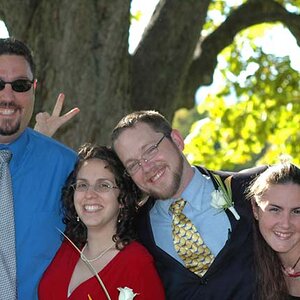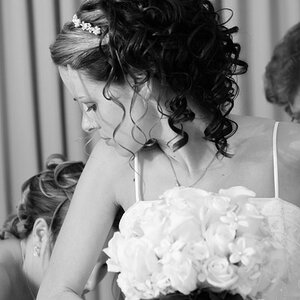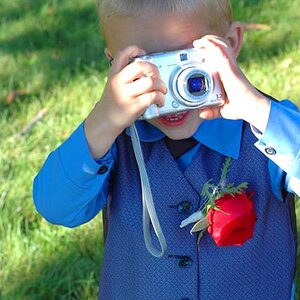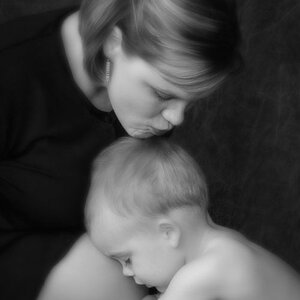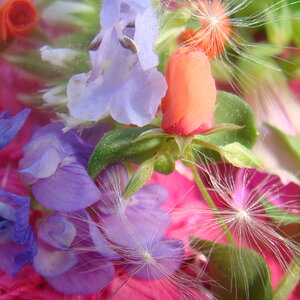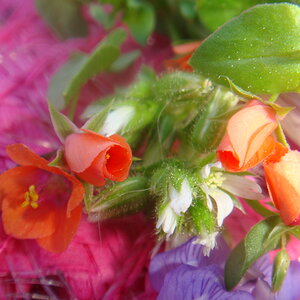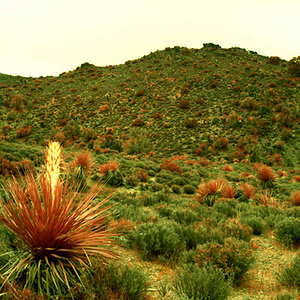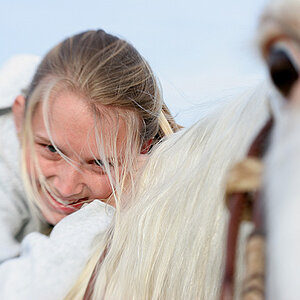kielmaru
TPF Noob!
- Joined
- Feb 17, 2011
- Messages
- 7
- Reaction score
- 0
- Can others edit my Photos
- Photos OK to edit
So I just got a Canon 450D with standard lens 18-55mm f/3.5-5.6
I already read the manual. Read a lot about aperture, shutter speed, camera terms and all the basics. But I still have my questions..
1. I have read ISO over and over again but I'm still confused by it. It's basically how sensitive light it right? The higher the ISO, the more sensitive light is making the photo overexposed? But what do you mean by ISO speed? Is it just the same?
2. Is it possible to still have a blurred background on a portrait even though I only use my standard lens? And I also want to try that "bokeh" effect which I can't get. Is it because I only have f/3.5-5.6 and 18-55mm lens?
3. About those 18-55mm numbers.. what do you mean by those? Those are focal length right? I know that the smaller the number, the wider the angle is. How about the 55mm? It means that it has a longer zoom right?
4. What are some secrets on photography or using the camera you can share that I may not know? Like, there's hidden awesome button on my camera or something.
5. Any interesting reads for beginners? I already read some of the tutorials in the sticky of this forum. Those are great by the way. I learned a lot. Anymore sites to read?
6. Is there a site that exist that compares photos that are took from different settings which you can edit? There's one in the sticky but the site is already dead.
7. Where should I start shooting? Or I can just do anything?
8. Is it necessary to have Photoshop and edit your pictures there?
9. I don't want to make another thread for this.. but.. What are some do's and dont's of photography and using the camera?
THANKS.
I already read the manual. Read a lot about aperture, shutter speed, camera terms and all the basics. But I still have my questions..
1. I have read ISO over and over again but I'm still confused by it. It's basically how sensitive light it right? The higher the ISO, the more sensitive light is making the photo overexposed? But what do you mean by ISO speed? Is it just the same?
2. Is it possible to still have a blurred background on a portrait even though I only use my standard lens? And I also want to try that "bokeh" effect which I can't get. Is it because I only have f/3.5-5.6 and 18-55mm lens?
3. About those 18-55mm numbers.. what do you mean by those? Those are focal length right? I know that the smaller the number, the wider the angle is. How about the 55mm? It means that it has a longer zoom right?
4. What are some secrets on photography or using the camera you can share that I may not know? Like, there's hidden awesome button on my camera or something.

5. Any interesting reads for beginners? I already read some of the tutorials in the sticky of this forum. Those are great by the way. I learned a lot. Anymore sites to read?
6. Is there a site that exist that compares photos that are took from different settings which you can edit? There's one in the sticky but the site is already dead.
7. Where should I start shooting? Or I can just do anything?
8. Is it necessary to have Photoshop and edit your pictures there?
9. I don't want to make another thread for this.. but.. What are some do's and dont's of photography and using the camera?
THANKS.


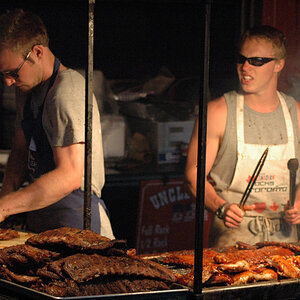
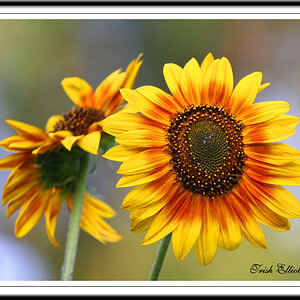
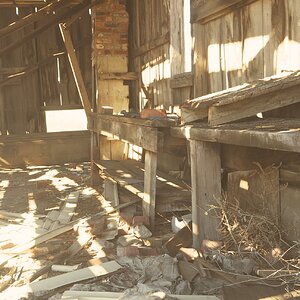
![[No title]](/data/xfmg/thumbnail/37/37520-d3e4d6582aa2781be7abf64e8651db45.jpg?1619738128)
